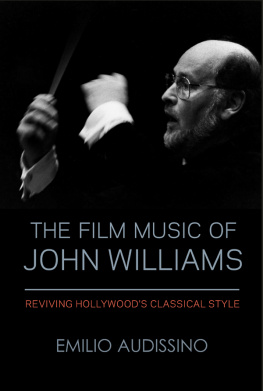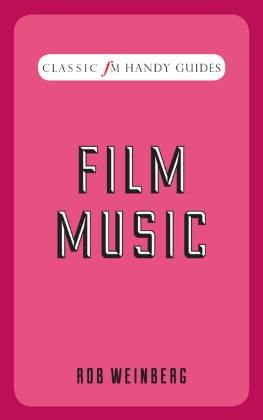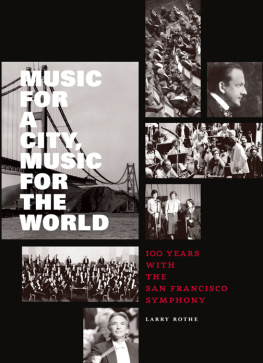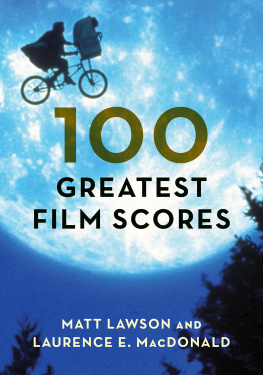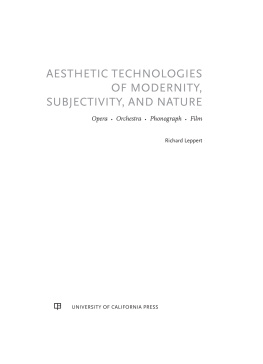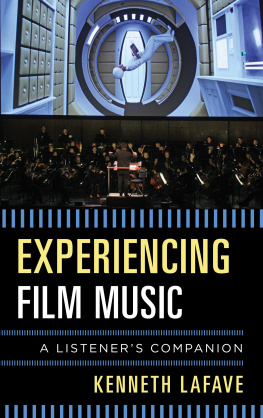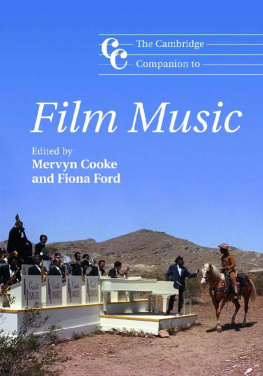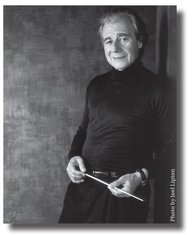Thank you to the following people for their assistance with this book: Irving Horowitz for his invaluable help, Scott McRae for his contribution to translate my handwritten scores to digital ones, Uwe Stender for his support, Jeri TeMaat for her assistance, and my wife, Donna, for her encouragement.
ABOUT THE AUTHOR
Lalo Schifrin is a true Renaissance man. As a pianist, composer, and conductor, he is equally at home conducting a symphony orchestra, performing at an international jazz festival, scoring a film or television show, or creating works for the Los Angeles Chamber Orchestra, the London Philharmonic, and even the Sultan of Oman.
As a young man in his native Argentina, Lalo Schifrin received classical training in music and also studied law. He came from a musical family, and his father, Luis Schifrin, was the concertmaster of the Philharmonic Orchestra of Buenos Aires at the Teatro Colon.
Lalo Schifrin continued his formal music education at the Paris Conservatory during the early 1950s. Simultaneously, he became a professional jazz pianist, composer, and arranger, playing and recording in Europe.
When Schifrin returned to Buenos Aires in the mid 1950s, he formed his own big concert band. It was during a performance of this band that Dizzy Gillespie heard Schifrin play and asked him to become his pianist and arranger. In 1958, Schifrin moved to the United States and thus began a remarkable career.
It is Schifrins ability to switch musical gears that makes him so unique in the music world. As a jazz musician, he has performed and recorded with great personalities such as Dizzy Gillespie, Sarah Vaughan, Ella Fitzgerald, Stan Getz, Count Basie, Jon Faddis, James Moody, Louie Bellson, and Kenny Burrell. In the classical composition field, he has more than sixty works. Among Schifrins conducting credits are the London Symphony Orchestra, London Philharmonic Orchestra, Vienna Symphony Orchestra, Paris Philharmonic Orchestra (for which he was appointed Musical Director for five years), Los Angeles Philharmonic, Israel Philharmonic, Mexico Philharmonic, Houston Symphony Orchestra, Los Angeles Chamber Orchestra, Mexico City Philharmonic, Atlanta Symphony Orchestra, Orchestra of Saint Luke (New York City), National Symphony Orchestra of Argentina, Sydney Symphony Orchestra, Lincoln Center Chamber Orchestra, and Czech National Symphony Orchestra.
Lalo Schifrins work is spectacular.
CBS Sunday Morning News
A musician of exceptional imagination and skill.
Los Angeles Times
Such intelligence such refinement a far reaching musician.
La Revue Musical (Paris, France)
In December of 1995 in Marseilles, Schifrin led a symphony orchestra in celebration of the Lumiere brothers invention of film, with a concert entitled 100 Ans de Cinema . The concert featured singers Julia Migenes and Dee Dee Bridgewater and was recorded by Warner Bros. Records in France. This recording, Film Classics , is currently in release by Aleph Records. This concert was reprised in Buenos Aires in 1998 and was released on CD with Aleph Records in February 2002.
Other conducting programs include film music, classical repertoire, and jazz bands. The big band formations are frequently featured in performing Gillespiana , which has become a highly acclaimed classic. Recent performances have been the Playboy Jazz Festival; Monterey Jazz Festival; 80th-birthday commemorative concert for Dizzy Gillespie in Englewood, New Jersey; television Big Band concert in Germany; WDR Big Band concert in Cologne, Germany; Carnegie Hall Jazz Band at Carnegie Hall; Clark University Jazz Band in Atlanta at the I.A.J.E. (International Association of Jazz Educators); and a concert in early 1998 with the BBC in London, England.
Lalo Schifrin has written more than one hundred scores for film and television and is recognized as being one of the most talented and significant contributors to film music throughout the past forty years. Among the classic scores are Mission: Impossible , Mannix , The Fox , Cool Hand Luke , Bullitt , Dirty Harry , The Cincinnati Kid , and Amityville Horror . Recent film scores include Tango , Rush Hour , Rush Hour 2 , Rush Hour 3 , Bringing Down the House , The Bridge of San Luis Rey , After the Sunset , and Abominable .
To date, Lalo Schifrin has won four Grammy Awards, one Latin Grammy Award, one Cable Ace Award, and the Jay McShann Lifetime Achievement Award, and has received six Oscar nominations. In addition to current commissions and film scoring activities, Schifrin tours extensively, conducting symphony orchestras particularly featuring his Grammy-nominated repertoire of Jazz Meets Symphony , a series in which Schifrins longtime involvement in both the jazz and symphonic worlds comes together.
Schifrin has been married to his wife, Donna, for more than thirty years. His three children are William, who is a writer for films and television; Frances, who is an art director/designer; and Ryan, who is a film writer/director.
For more information on Lalo Schifrin, please visit www.schifrin.com.
AFTERWORD
I wrote the music for my first movie in my original hometown, Buenos Aires, Argentina. A chronograph and a clock helped me with the composition and the recording (1958). In 1963, I was hired to provide the music for my first American film in Los Angeles, California. I still did not know the synchronization techniques (click tracks, streamers, etc.), so my film editor helped me by creating a bar chart. Bar charts are used in cartoons, and the editor gives you the timings by indicating the figures, rests, and values synchronized with the action. The only thing they want to know is what tempo and what meter you are going to need. I finally learned, with the help of fellow composers and the late Stanley Wilson (Universal Studios head of music department), the right procedures for my next movie in the following year.
I hope that these pages are going to provide the readers with the necessary information to allow them to become successful composers for films and television.
MUSIC COMPOSITION: FILM SCORING
Learn film-scoring techniques from one of the great film/television composers of our time. Lalo Schifrin shares his insights into the intimate relationship between music and drama. Illustrated with extended excerpts from his most iconic scores, such as Mission: Impossible , Cool Hand Luke , Bullitt , and many others, and anecdotes from inside the Hollywood studios, Schifrin reveals the technical details of his own working approach, which has earned him six Oscar nominations, twenty-one Grammy nominations (with four awards), and credits on hundreds of major productions.
You will learn to:
- Support a scenes dramatic mood by matching appropriate musical constructs, such as intervals, instrumentation, and rhythm
- Underscore standard genres effectively, such as action scenes, comedy, suspense, romance, and others
- Compose music that supports dialogue and sound effects
- Understand techniques and conventions of the scoring process, such as spotting, synchronization, ADR, and much more
Also included is the full score of Schifrins Fantasy for Screenplay and Orchestra , a treasure-trove of unfettered dramatic sound painting, commissioned by the Chicago Symphony Orchestra, and a great thesis on the emblematic language of film music.



